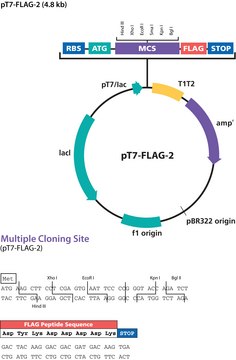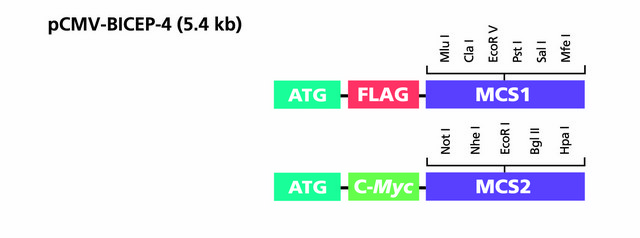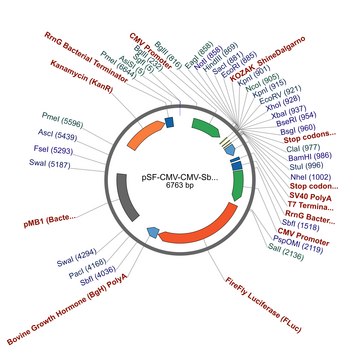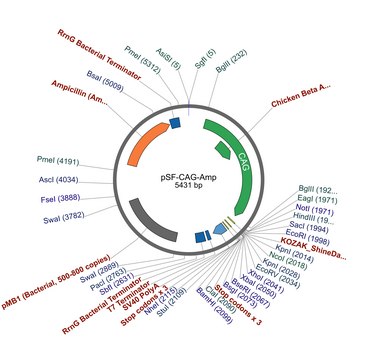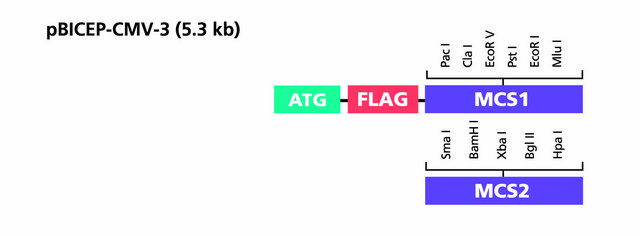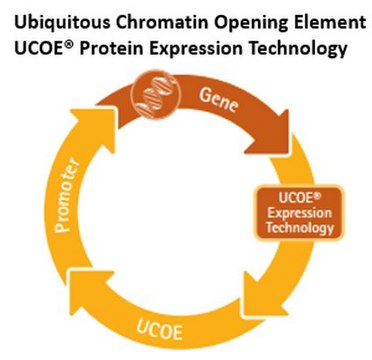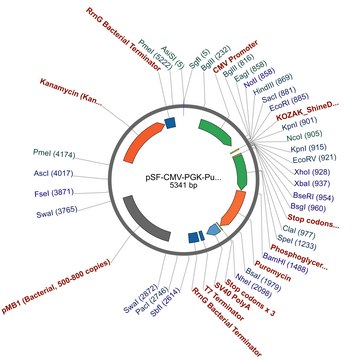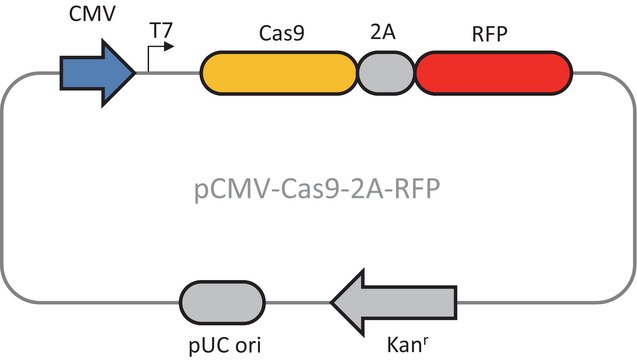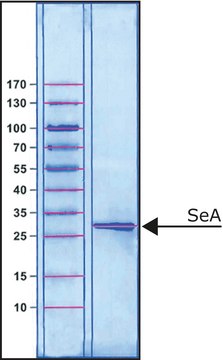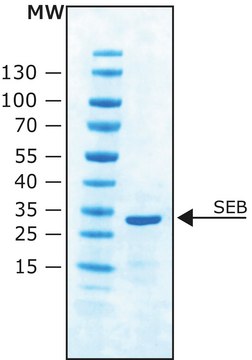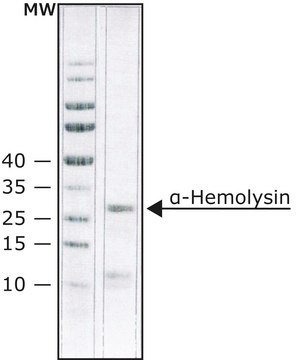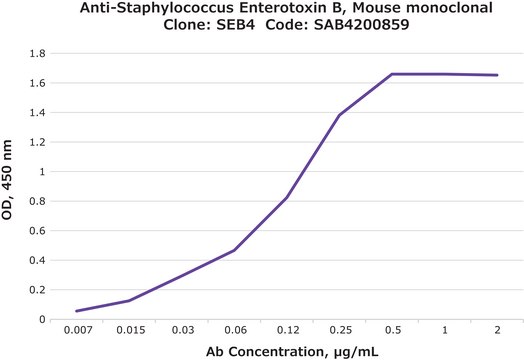OGS387
PSF-CMV-PGK - DUAL PROMOTER EXPRESSION PLASMID
plasmid vector for molecular cloning
Synonym(s):
cloning vector, expression vector, molecular cloning vector, plasmid, plasmid vector, snapfast vector, vector
Select a Size
¥1,354.14
Estimated to ship on2025年7月17日Details
Select a Size
About This Item
¥1,354.14
Estimated to ship on2025年7月17日Details
Recommended Products
form
buffered aqueous solution
mol wt
size 4747 bp
bacteria selection
kanamycin
Origin of replication
pUC (500 copies)
Peptide cleavage
no cleavage
Promoter
Promoter name: CMV
Promoter activity: constitutive
Promoter type: mammalian
reporter gene
none
shipped in
ambient
storage temp.
−20°C
1 of 4
This Item | S4881 | H9395 | SAB4200859 |
|---|---|---|---|
| Quality Level 200 | Quality Level 300 | Quality Level 300 | Quality Level 200 |
| storage temp. 2-8°C | storage temp. 2-8°C | storage temp. 2-8°C | storage temp. −20°C |
| solubility H2O: complete 1 mg/ml, clear, colorless | solubility - | solubility H2O: soluble 0.49-0.51 mg/mL | solubility - |
| contains sodium phosphate buffer as balance | contains sodium phosphate buffer as balance | contains sodium citrate buffer as balance | contains - |
| composition Protein, ~10% Lowry | composition Protein, ~25% Lowry | composition Protein, ~60% Lowry | composition - |
| availability not available in USA | availability not available in USA | availability - | availability - |
General description
Promoter Expression Level: PSF-CMV-PGK - DUAL PROMOTER EXPRESSION PLASMID contains the mammalian CMV promoter to drive gene expression. We have tested all of our mammalian promoters in a range of cell types and CMV is consistently the strongest in those we have studied. However there are many reports of the CMV promoter demonstrating silencing by methylation in long-term culture.
Application
Multiple Cloning Site Notes: There is a start codon in the NcoI site that can be removed by digestion with KpnI if required. The MCS for gene insertions extends from NotI to XbaI but the Shine-Dalgarno sequences and KOZAK ribosomal entry site sequences are aligned with the start codon in the NcoI site. The PGK promoter has been inserted between the ClaI and BamHI sites and contains sites downstream to allow a second gene to be inserted.
The BsgI and BseRI restriction sites in the first MCS cleave within the stop codon in the XbaI site and allow the retrospective fusion of coding sequences.
Sequence
Analysis Note
related product
Storage Class Code
12 - Non Combustible Liquids
Flash Point(F)
Not applicable
Flash Point(C)
Not applicable
Regulatory Information
Choose from one of the most recent versions:
Certificates of Analysis (COA)
It looks like we've run into a problem, but you can still download Certificates of Analysis from our Documents section.
If you need assistance, please contact Customer Support.
Already Own This Product?
Find documentation for the products that you have recently purchased in the Document Library.
Our team of scientists has experience in all areas of research including Life Science, Material Science, Chemical Synthesis, Chromatography, Analytical and many others.
Contact Technical Service